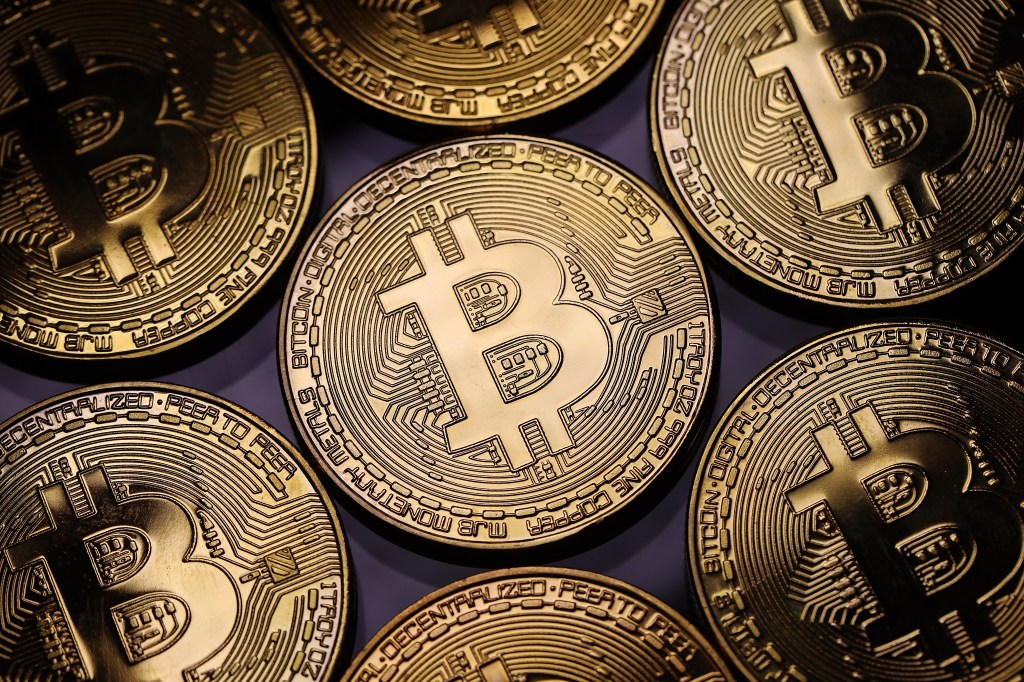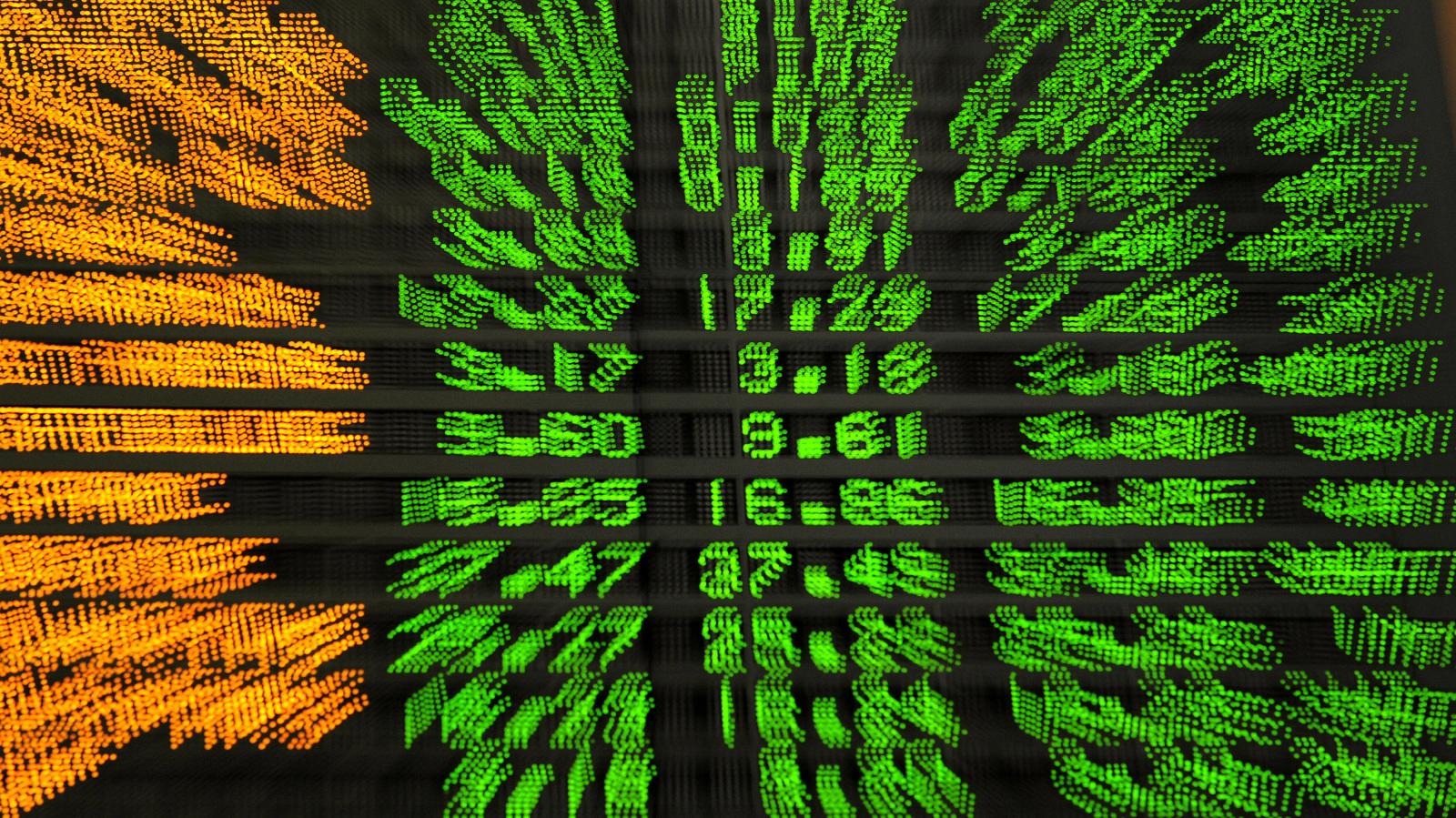The price of bitcoin surged to an all-time-high in March this year – and it’s expected to rise again as the cryptocurrency approaches its halving event in April.

Bitcoin is expected to host its halving event on April 19, after months of heightened investor demand. The price of bitcoin hit an all-time-high of $110,353 on March 13, before dipping to $101,377 at the time of writing, and it is the first time Bitcoin’s price peak has immediately preceded the halving.
“There is no doubt we are at a pivotal moment for bitcoin,” general manager for Binance Australia, Ben Rose, said. “The launch of ETFs and growing institutional participation has heightened interest from mainstream investors and positively impacted demand for cryptocurrency.”
“We have not seen market conditions like this ahead of a halving event before, and this is driving a lot of excitement amongst market participants, with more than 70 percent of our Australian users eager to see the impacts. With sky-high demand, record-breaking prices, and a bullish investor outlook, it is a pretty exciting moment to be in crypto,” Rose said.
What is the bitcoin halving event?
Bitcoin’s creator, Satoshi Nakamoto, designed the halving event to control the rate at which new bitcoin are released into circulation. So far, there are around 19 million bitcoins in circulation – of a total possible 21 million.
“As computers get faster and the total computing power applied to creating bitcoins increases, the difficulty increases proportionally to keep the total new production constant,” Nakamoto wrote in their e-cash paper in 2008. “Thus, it is known in advance how many new bitcoins will be created every year in the future.”
More bitcoins are released into circulation every 10 minutes as rewards to miners who verify Bitcoin transactions. In 2009, when Bitcoin was first introduced, successful minders were rewarded with 50 Bitcoins for every transaction verified.
Roughly every four years, or every 210,000 blocks verified, that reward halves. In 2020, the reward dropped from 12.5 to 6.25 Bitcoin. On April 19, that reward will drop again to 3.125 (worth about $316,803).
The halving process will end once the number of Bitcoin in circulation reaches its cap, which is estimated to be in the year 2140.
Related
What does the bitcoin halving event mean for investors?
It can be difficult to predict what happens after a bitcoin halving event, but it is widely thought that less supply leads to more demand, and therefore greater value. Others say that given investors know when the halving event is set to take place, any changes are already factored into the price.
The crypto market has experienced three halving events so far. After the first halving event in 2012, prices rose, increasing 8069% in the following 12 months. In 2016, after the second halving, prices dipped slightly on the day, but rose 284% in the following 12 months. After the 2020 halving event, prices rose by 559% in the next 12 months.
Binance conducted a survey of 2,000 users in April 2024 and found 80 percent of respondents believe the upcoming halving to be positive for the industry, while more than half expected the price of bitcoin to increase as a direct result.
“The research findings also show halving has a positive impact on BTC trading, with almost 80 percent of Binance Australia users planning to increase their BTC holdings in the very near future, with just under half keen to do so before the anticipated halving later this month,” Rose said.
“As we grapple with inflationary pressures and rising rates, the halving is an important inbuilt inflationary hedge. With only 21 million coins to ever exist, the asset mimics the scarcity of precious commodities, like gold. This is capturing the attention of institutional investors, who are increasingly recognising the crypto can play as part of a diversified investment portfolio.”
Look back on the week that was with hand-picked articles from Australia and around the world. Sign up to the Forbes Australia newsletter here or become a member here.



